Blog Detail
Table of Contents
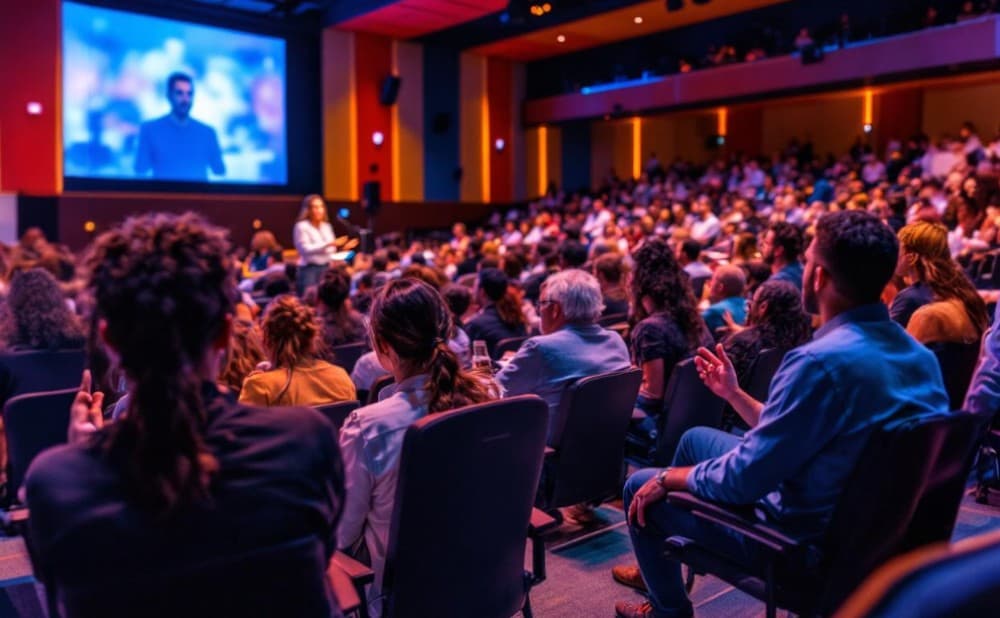
Assistive Communication Solutions in Education
- Zoe
- Jul 29, 2025
- 0 Comments
In 2025, ensuring that every student, regardless of their needs, has equal access to learning opportunities in a diverse education landscape is critical. Assistive communication solutions play a key role in achieving this goal by providing students with the tools they need to fully participate in lessons, discussions, and activities. These solutions not only address specific challenges faced by students, but also foster an inclusive and supportive learning environment.
Encouraging Participation Through Technology
One of the fundamental goals of assistive communication solutions is to encourage student participation in class. Traditional teaching methods often rely on auditory cues, which makes it difficult for students with hearing impairments, those who sit in the back of the classroom, or those who are affected by background noise to fully participate in class. By integrating assistive listening technology (such as hearing aids, Retekess communication systems), educators can ensure that every student can participate in the class. These tools can help students hear clearly, participate in discussions, and ultimately become active members of the learning community.
Inspiring Inclusion for Every Student
Assistive communication technologies play an important role in creating an inclusive educational experience. They can meet a variety of needs - whether students have hearing loss, sensory sensitivities, or simply have difficulty hearing the teacher because of the classroom acoustics. By using a sound field system, teachers can clearly transmit their voices throughout the classroom, reducing stress and ensuring that all students, regardless of their seating location, can hear the lesson. This solution provides an equal platform for every student, helping them thrive academically, socially, and emotionally.
ADA Compliance and Legal Requirements
Incorporating assistive communication solutions into educational settings also ensures compliance with the Americans with Disabilities Act (ADA). This act mandates that schools provide necessary accommodations for students with disabilities. Complying with the ADA means more than just fulfilling legal obligations; it also means ensuring that all students have equal opportunities for success. Assistive listening systems help schools meet these standards by providing clear, high-quality audio transmission, making education accessible to all.
Classroom Audio and Sound Field Systems
Sound field systems are key to enhancing classroom communication. These systems amplify the teacher's voice and evenly distribute it throughout the room, allowing every student to clearly hear the lesson without distortion or strain. This technology also helps reduce teacher fatigue by eliminating the need to speak loudly for extended periods. Whether in a classroom or lecture hall, sound field systems ensure that every student absorbs the content, fostering an environment that fosters learning and engagement.
Providing Assistive Listening for Students with Hearing Loss
Assistive listening technology is crucial for students with hearing loss or other hearing impairments. These systems deliver clear, high-quality audio directly to students through hearing aids or special receivers. This solution helps overcome issues such as background noise, speaker distance, and hearing impairments, ensuring no student is left behind. ADA-compliant assistive listening systems are crucial to supporting an inclusive educational experience, allowing students to access the curriculum in the most effective way possible.
Language Interpretation and Translation Services
In multilingual classrooms, language barriers can pose significant challenges to comprehension and engagement. Assistive communication solutions that provide translation and interpretation services are crucial in this environment. These tools provide real-time translation, ensuring all students can understand the content, regardless of their native language. By implementing these solutions, educators can bridge communication barriers and foster an environment that supports linguistic diversity, resulting in a richer learning experience for everyone.
Supporting ADA/Disability Compliance with Assistive Listening
Finally, assistive listening systems are crucial for complying with the Americans with Disabilities Act (ADA) and disability regulations in educational settings. These systems ensure that students with disabilities, particularly those with hearing impairments, have access to the same educational opportunities as their peers. By introducing assistive listening devices, schools can meet the legal requirements of the Americans with Disabilities Act (ADA), but more importantly, they create an inclusive environment where all students feel supported and empowered to learn.
Conclusion
Assistive communication solutions are an integral part of modern education, providing the necessary tools to keep all students engaged, included, and supported. By adopting these technologies, schools not only comply with the Americans with Disabilities Act (ADA) but also foster a learning environment where every student can succeed. From soundstage systems that enhance classroom audio to assistive listening and language interpretation solutions, these technologies play a critical role in ensuring that all students—regardless of their individual challenges—have equal opportunities to learn and grow. As educational technology continues to advance, we must prioritize inclusion and accessibility for all learners.

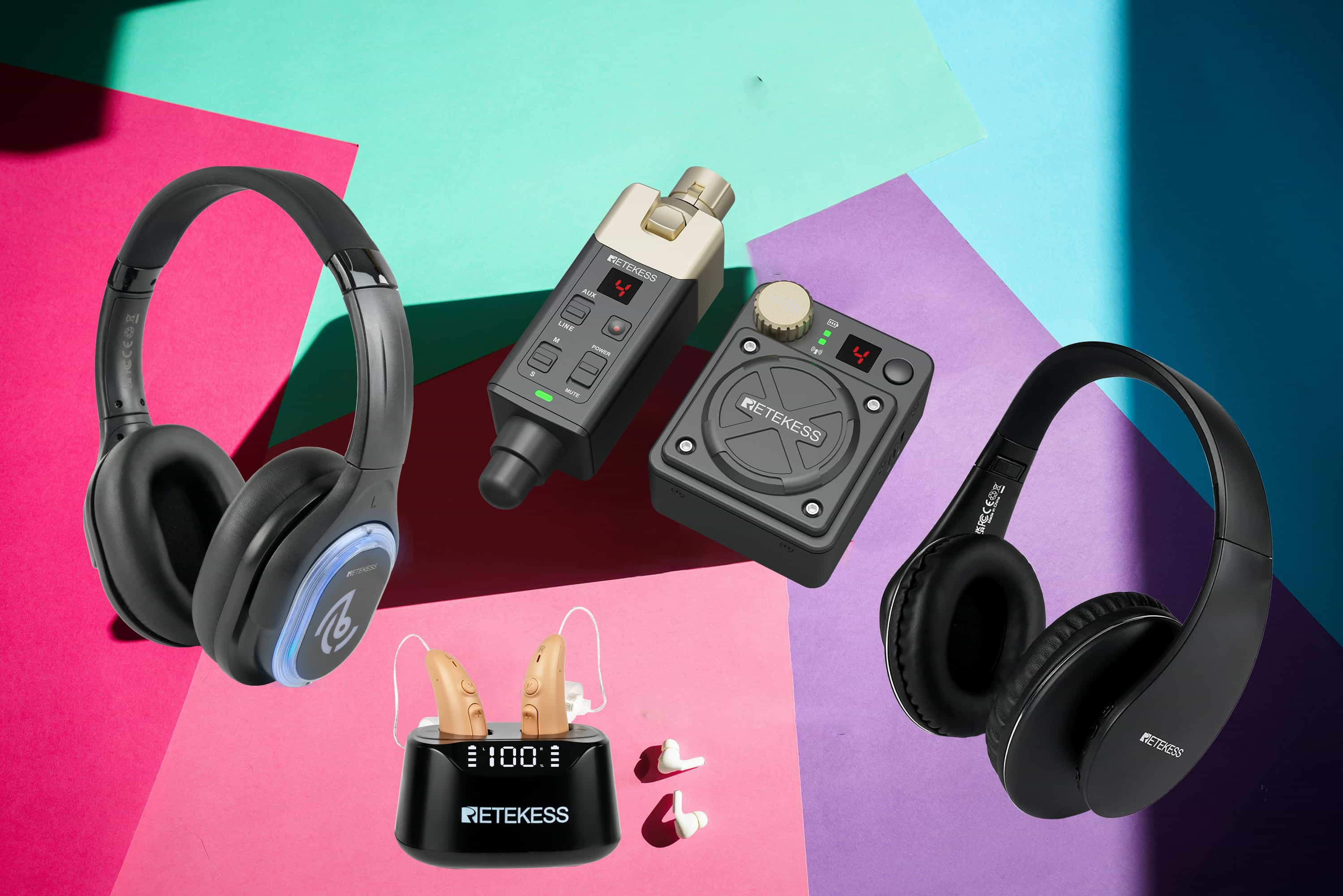
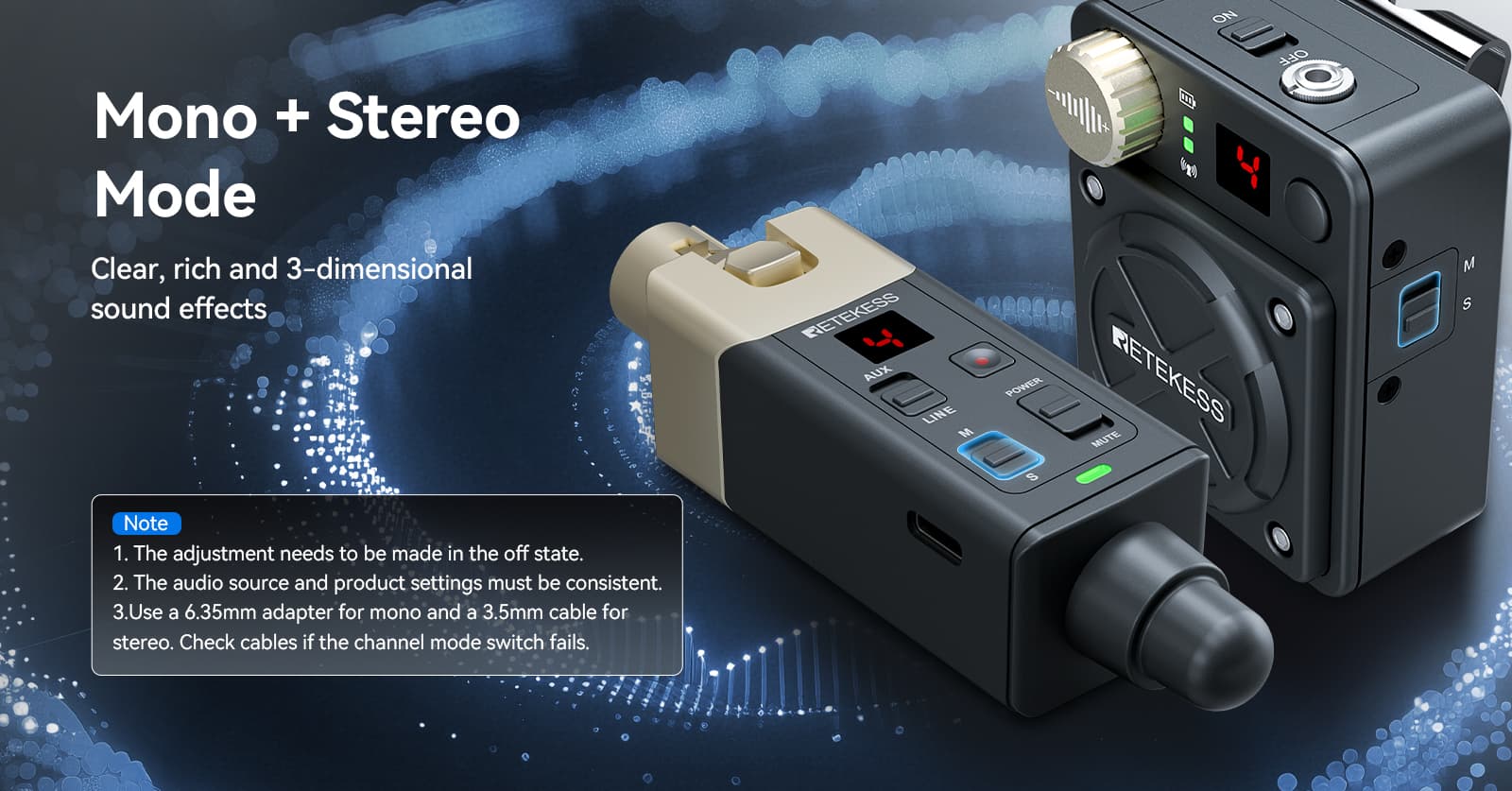

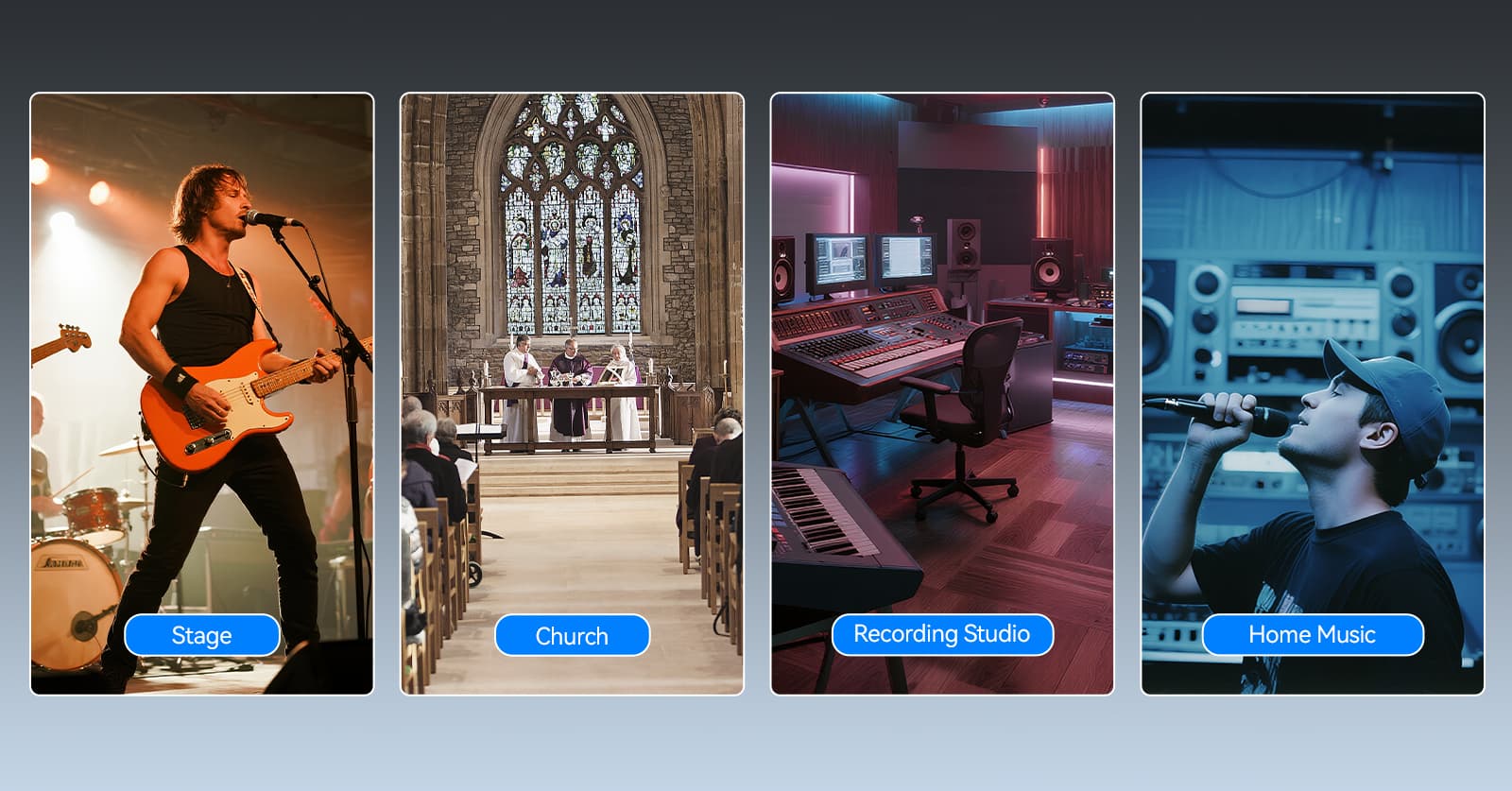

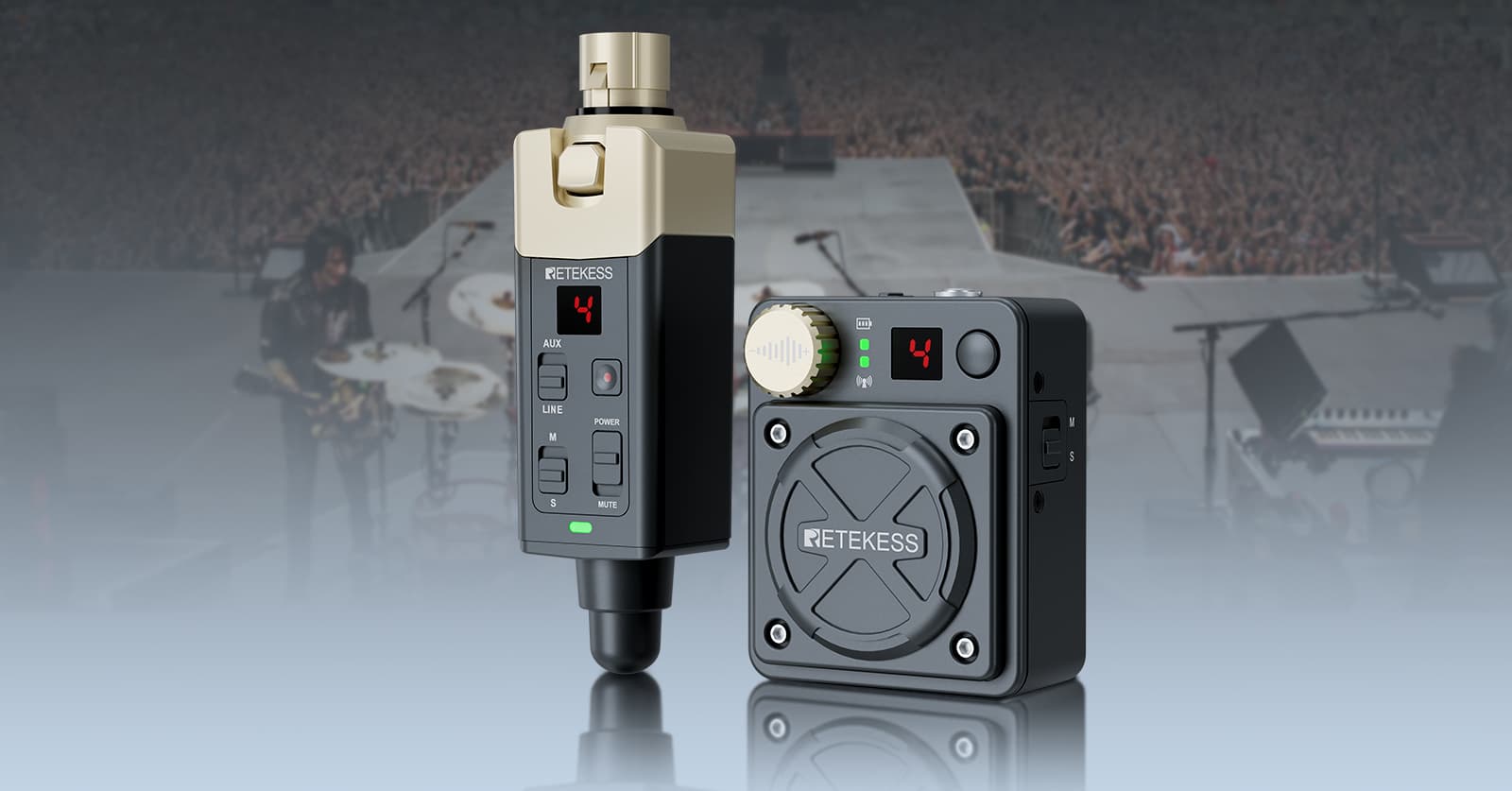

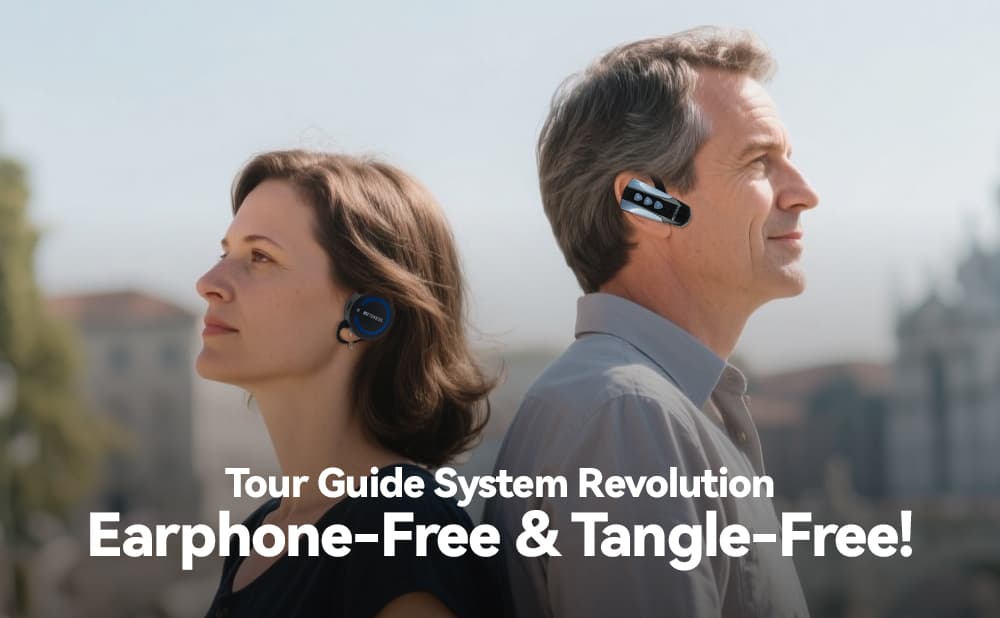
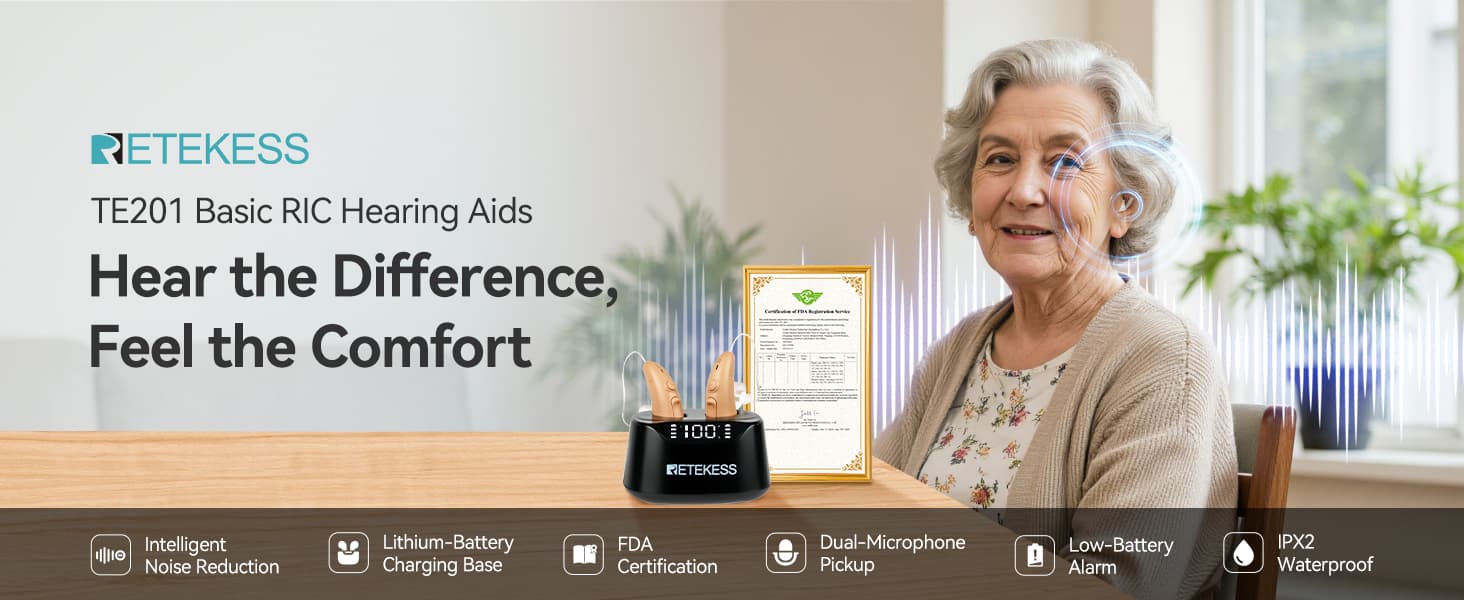
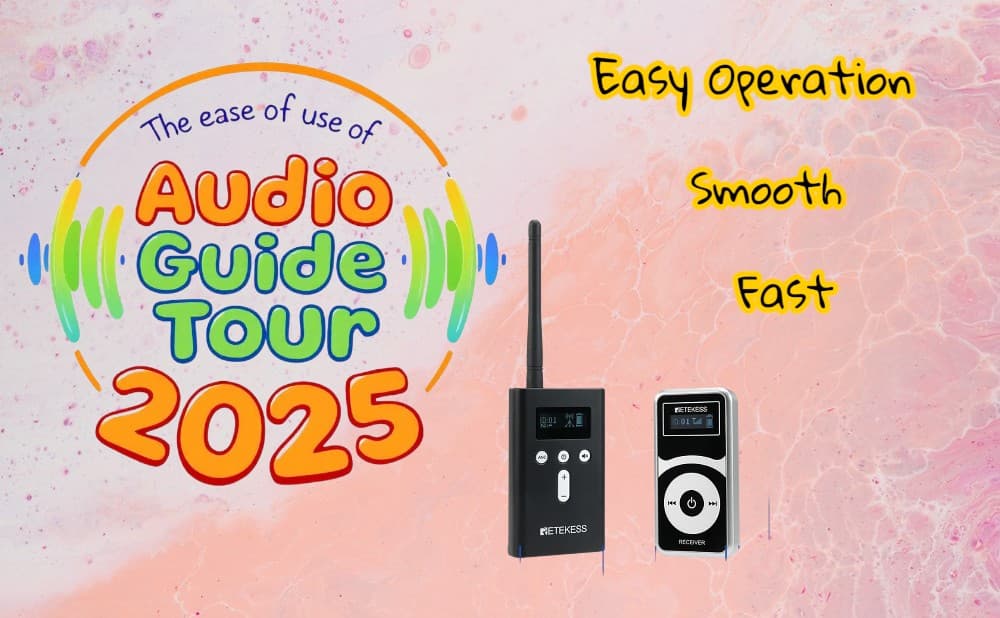
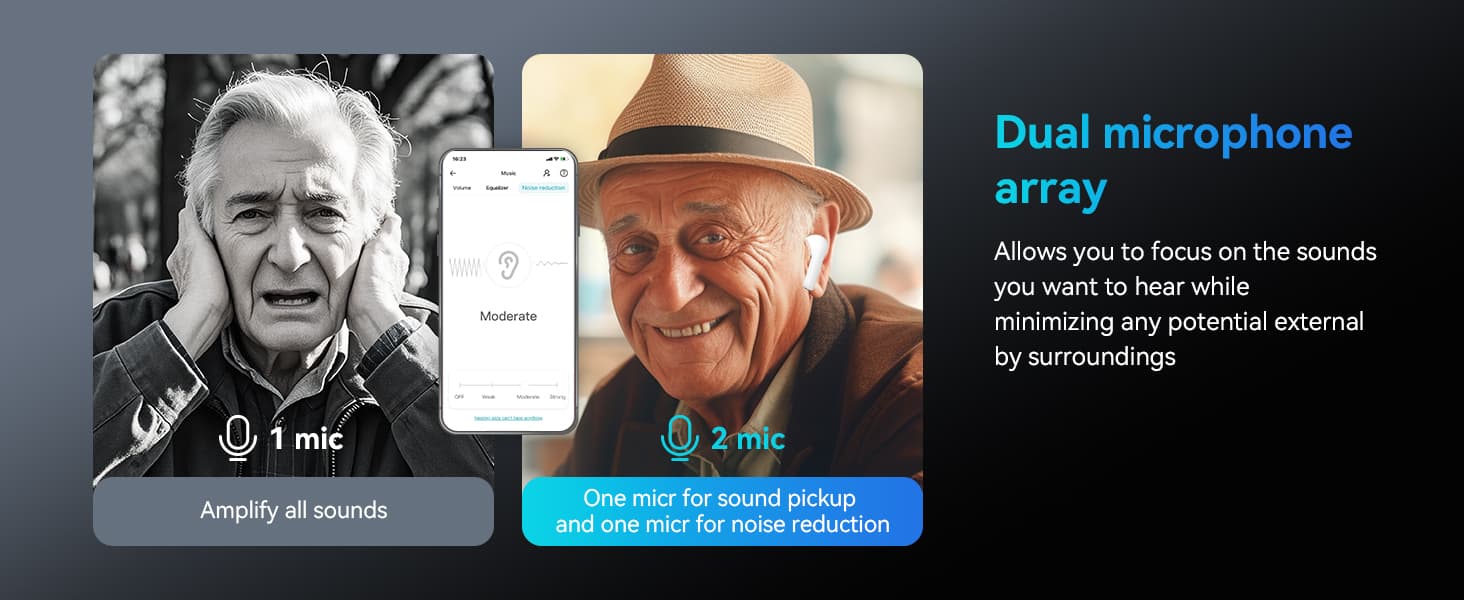


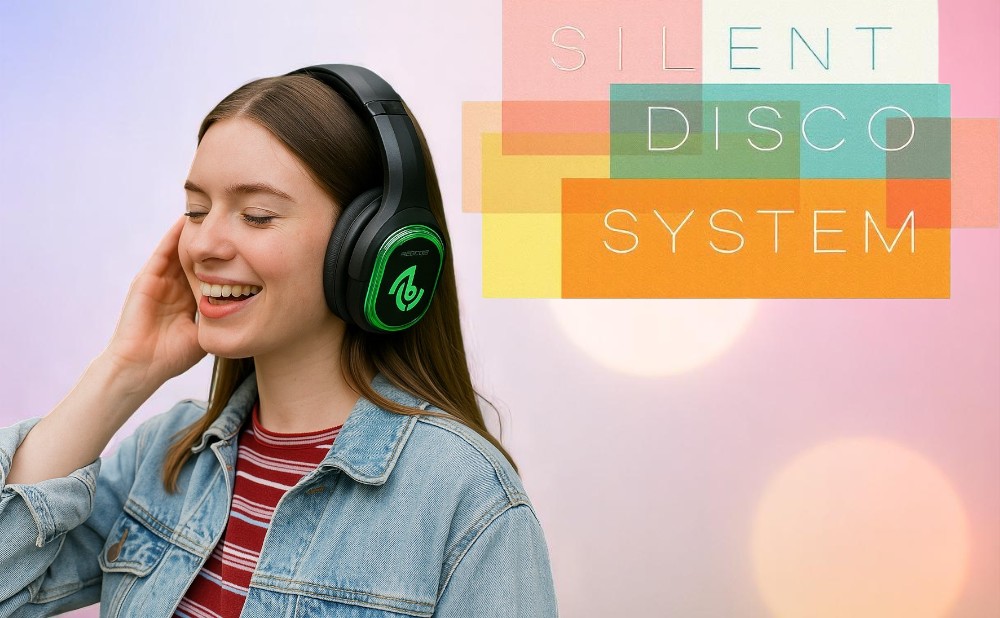
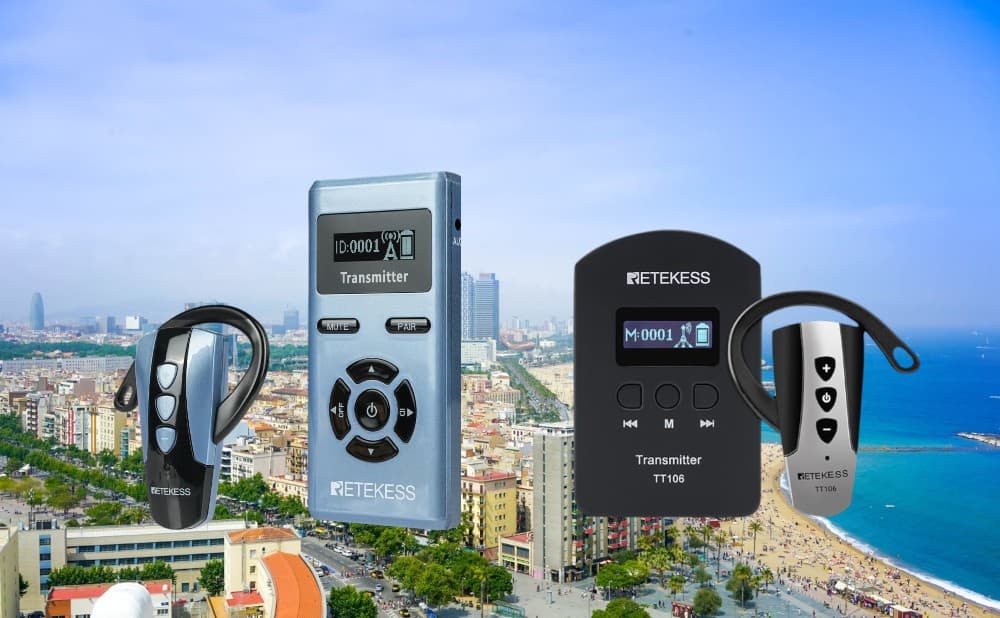
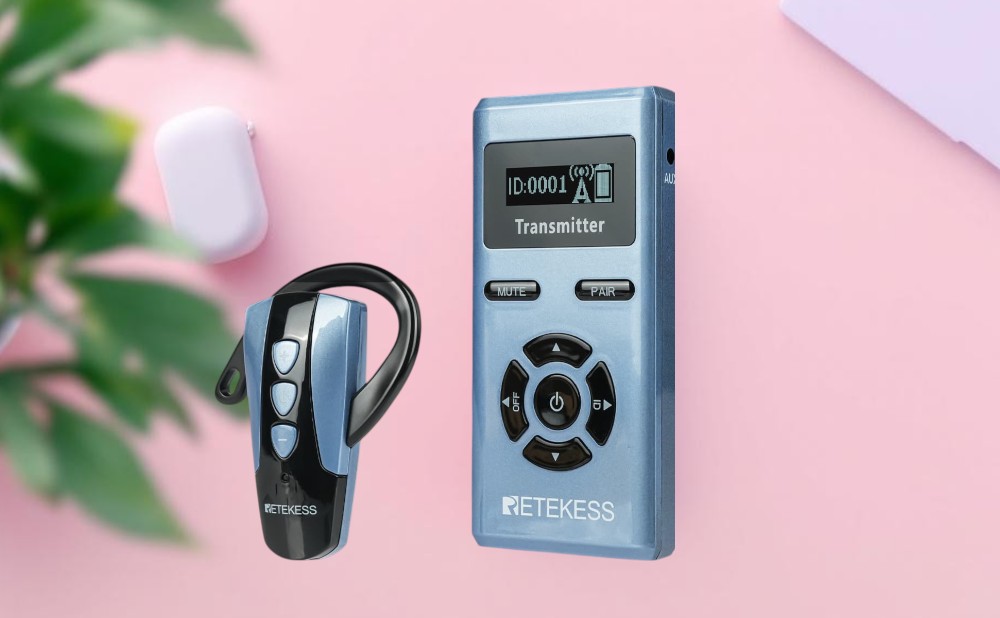
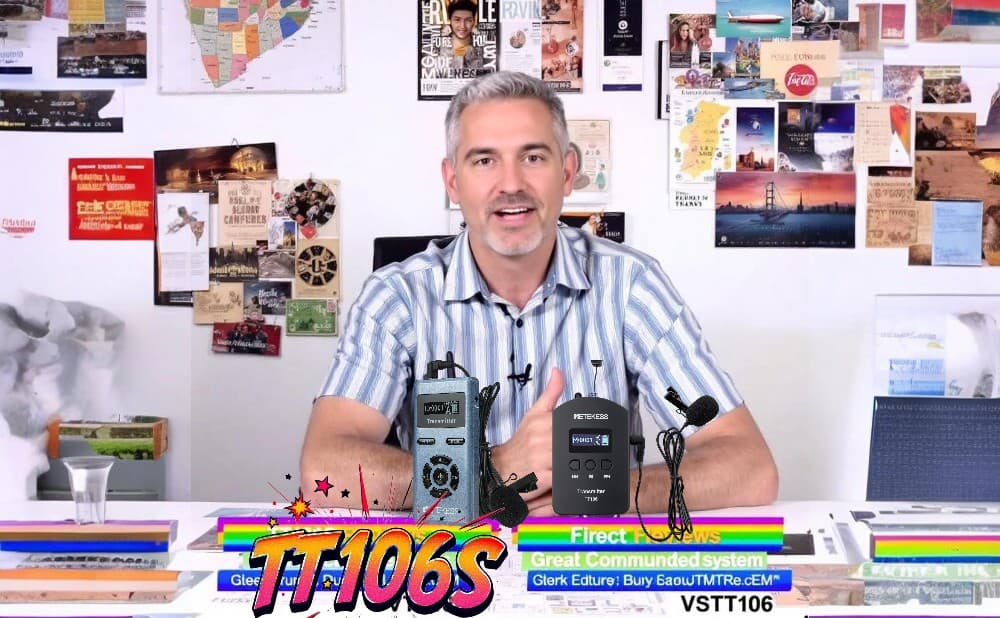




Comments (0)